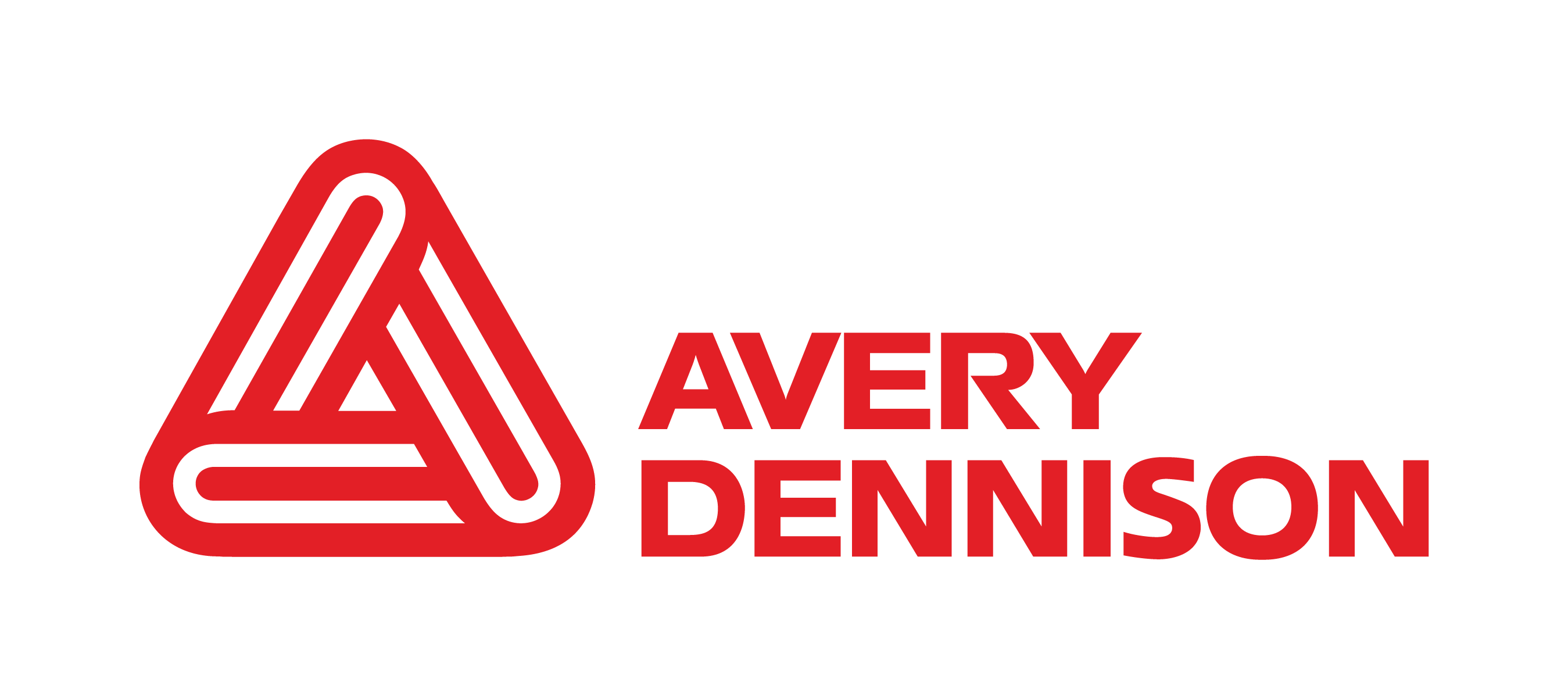How do you support brands in their decisions involving sustainable packaging? How do you influence the process?
Most CEOs already recognize that the circular economy is essential for their company’s future success. It allows you to extract maximum value from your materials and can provide a competitive edge long term. They are also aware of a shift in customer perception. Today’s consumer wants their brands to demonstrate their commitment to sustainability.
We help our clients assess their current packaging portfolio and look for areas of improvement. It could be redesigning packaging and products, identifying recycling solutions, or rebuilding business models toward ones with a lowered plastic footprint. For solutions to be permanently transformative, they must also be profitable. By creating shared value, we can keep plastic in our economy and out of our ocean.
How are companies in the home and personal care segment struggling with sustainable packaging? What are some of their biggest pain points?
The home and personal care sector faces several challenges when it comes to recycling. For example, the packaging can involve components made of different types of plastic, such as pumps, lids, and labels, which can be difficult for recycling equipment to identify and impossible to separate. Also, these components can come in a variety of bright colors which can’t be recycled together. The chemical contaminants inside can also affect the recyclability. Also, when it comes to including recycled content, achieving the right color and functionality can be difficult and expensive. Finally, opting for refill options can be challenging when dealing with thick liquids or certain chemicals.
We typically support brands with a total packaging rethink and redesign: for instance, switching to a concentrated bar with reusable or compostable packaging. Thinking outside of the bottle, if you will!





